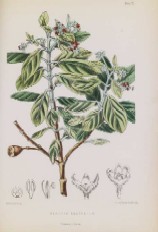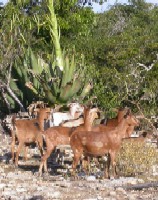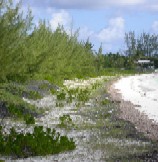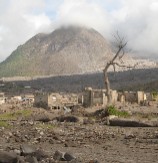UK Overseas Territories
- Home
- UK
Overseas Territories
- Biodiversity
- Threats
- Kew's historical links
- Ascension
- Anguilla
- Bermuda
- British Antarctic Territory
- British Indian Ocean Territory
- British Virgin Islands
- Cayman Islands
- Falkland Islands
- Gibraltar
- Montserrat
- Pitcairn Islands
- South Georgia
- Sovereign Base Areas on Cyprus
- St Helena
- Tristan da Cunha
- Turks and Caicos Islands
- Conservation activities
- Capacity Building
- Community involvement
- Links
- Contacts
UK Overseas Territories Programme
Threats to UKOT's biodiversity |
|
|
|
On many of the world’s islands,
native plants and animals are increasingly under threat, largely
as a result of human activities. |
Extinction of a genus |
|
| The vulnerability of these unique island
plants is highlighted by the recent extinction of the St Helena
olive (Nesiota elliptica). The endemic genus Nesiota
(family Rhamnaceae) was monotypic – that is, it was represented
by this single species from St Helena. The last known tree on the
island died in 2003, eventually succumbing to a systemic fungus
infection following a very dry summer. Sadly, attempts to save the
species from extinction, in collaboration with Kew’s Micropropagation
Unit, were unsuccessful. |
 |
| Find out more about threats to biodiversity in the UKOTs: Joint Nature Conservation Committee - Biodiversity:
the UK Overseas Territories |





